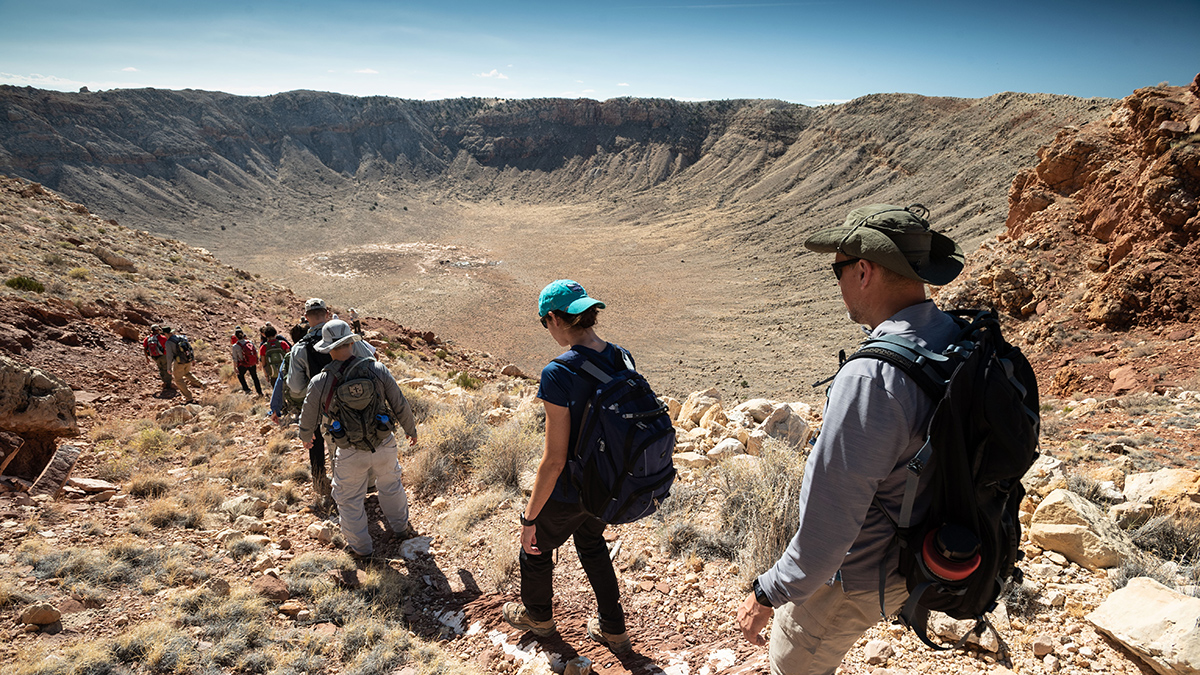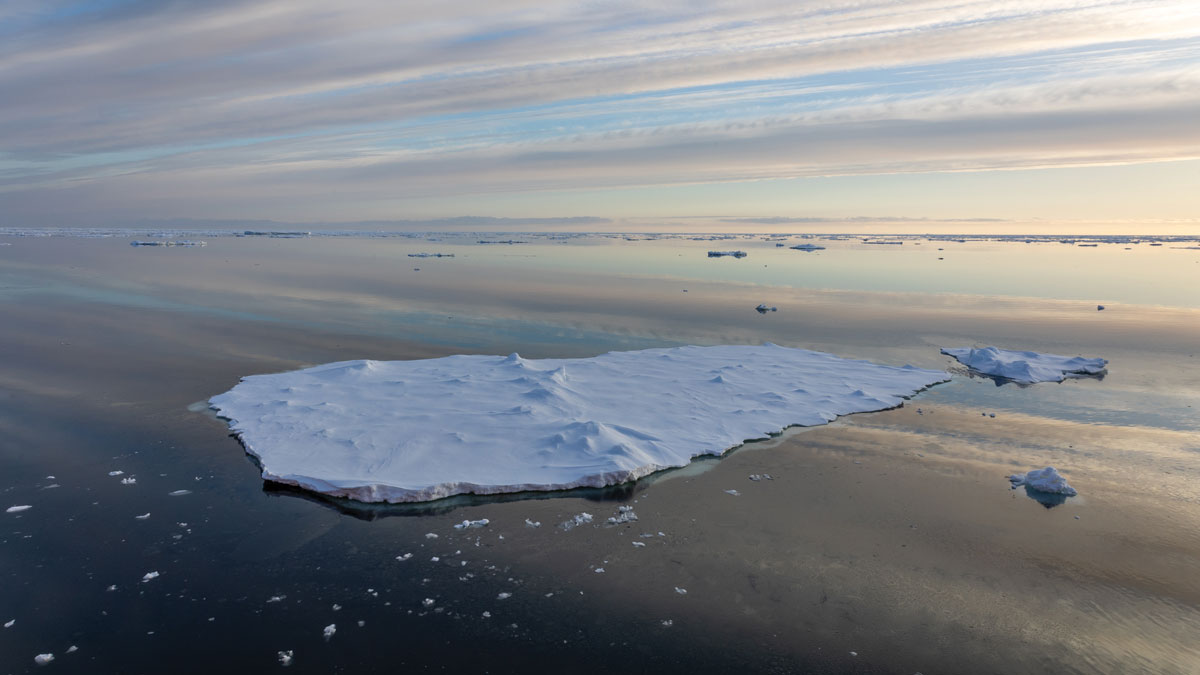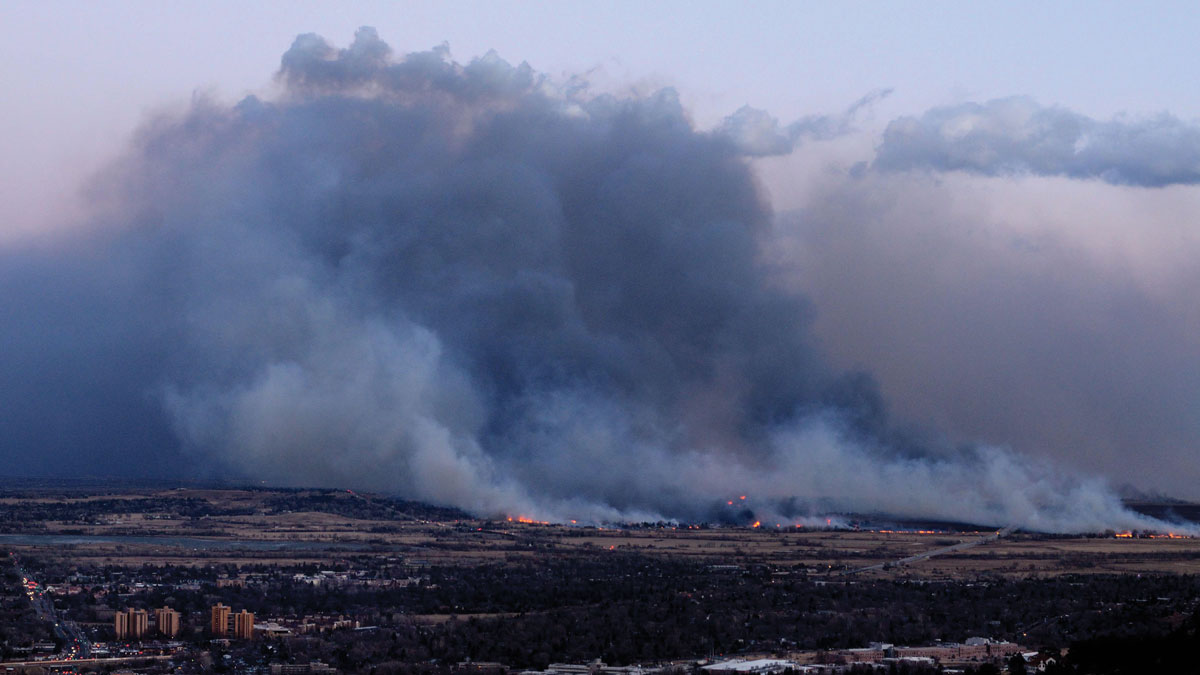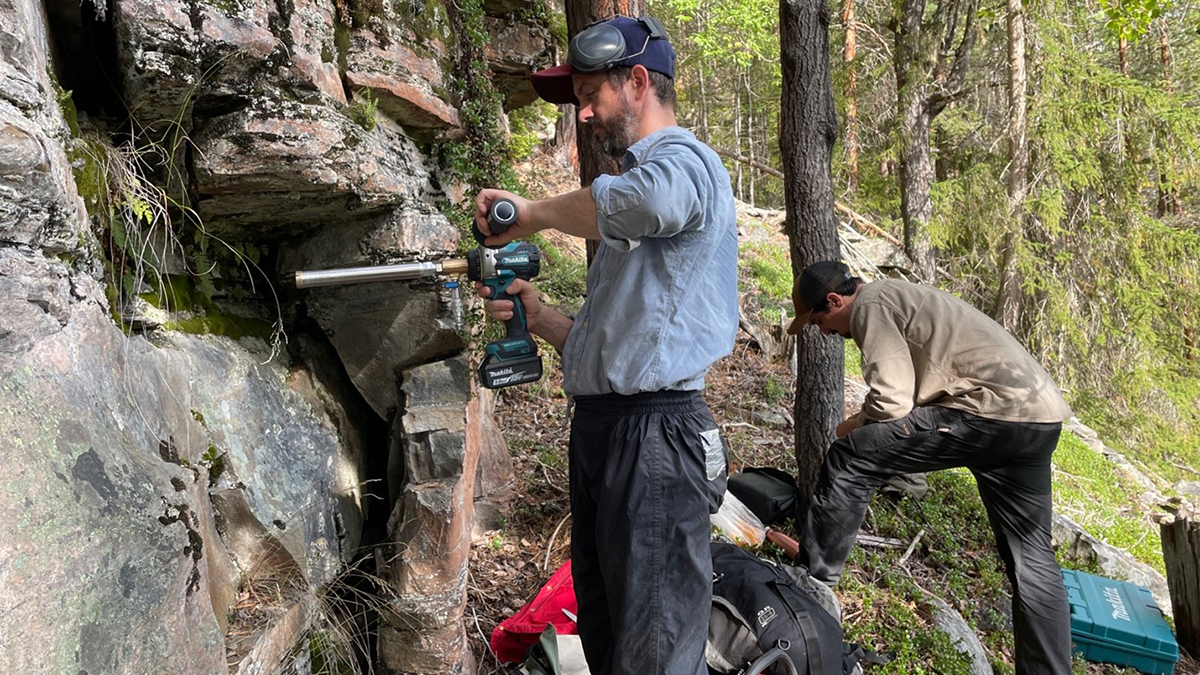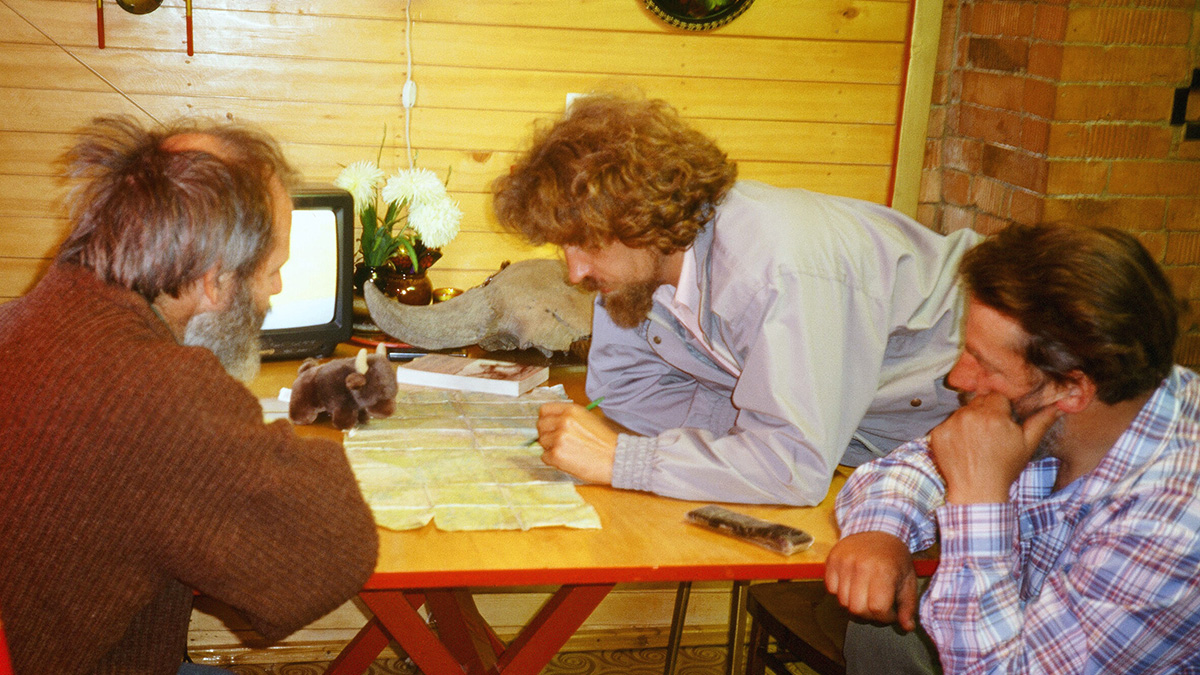How early-career planetary scientists are preparing to support the astronauts who will return to the lunar surface and beyond.
fieldwork
Confined at Sea at the End of the World
Embedded on a research cruise in the Antarctic, a journalist joins a scientists’ “summer camp.”
Charting New Territory
From the abyss of the Antarctic to proxy lunar landscapes in Arizona, fieldwork gives Earth and space scientists insight and experience.
When Fieldwork Comes Home
The impacts of the 2021 Marshall Fire rippled through a community of Colorado geoscientists, spurring them to action.
Snapping Science in the Field
Snapchat, the multimedia messaging app, offers a range of features that make it an unexpectedly useful tool for geoscientists on the go.
Here’s How Artemis Astronauts Will Navigate on the Moon
The next wave of lunar explorers is headed to terrain that promises to be both stunning and challenging. Here’s how they’ll cope with some of the difficulties they’ll encounter.
Finding Common Ground in the Field to Inform Science Policy
The Kansas Geological Survey’s annual Field Conference takes scientists, producers, legislators, and public officials around the state to spark conversation about natural resources.
Should I Stay or Should I Go…To Another Paleomagnetic Site?
When collecting a finite number of paleomagnetic samples, having more sites, each with only one sample, achieves superior results compared to sites with multiple samples.
Water Corridors Helped Homo sapiens Disperse out of Africa
Wetland conditions during the last interglacial period in parts of the Levant helped propel our ancestors into Arabia, new research suggests.
Как необычная дружба разрушила мифы о вечной мерзлоте
“Прекрасные долгие споры” между американским ученым и российским исследователем помогли прояснить несколько фундаментальных предположений о таянии вечной мерзлоты.

